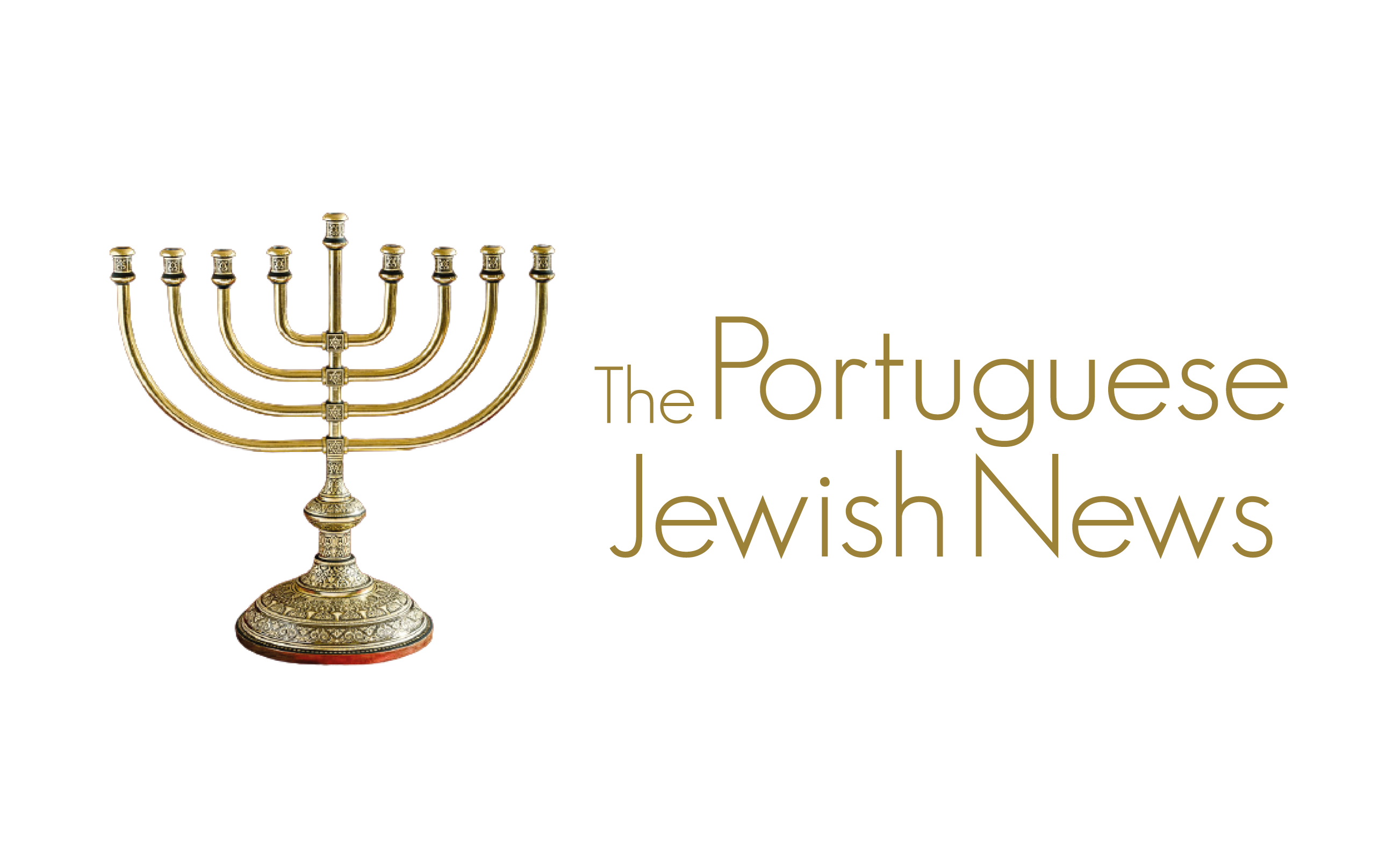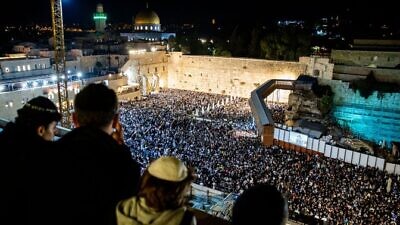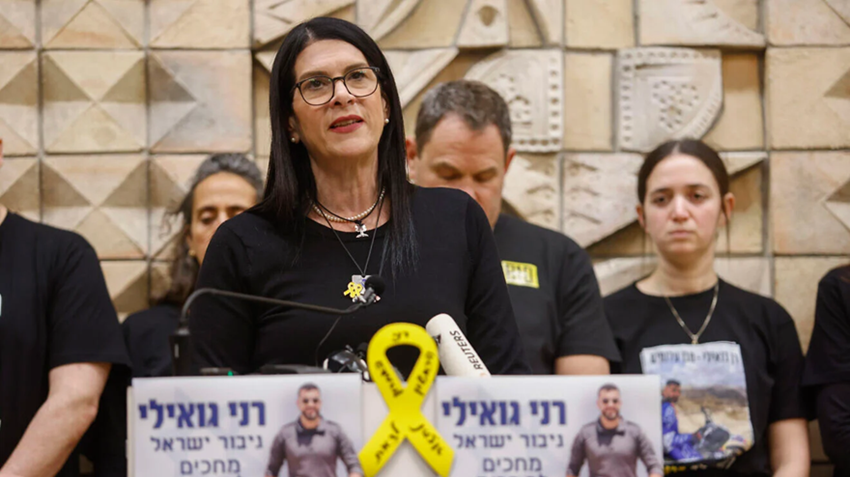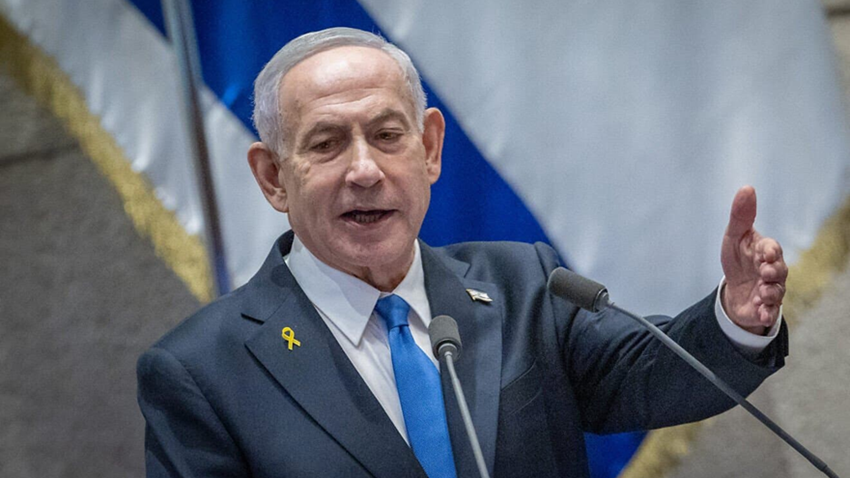The day before Yom Kippur is different from every other day of the year. Of course, this can be felt even more strongly in Israel, although it is also observed in Jewish communities around the world.
The period between Rosh Hashanah and Yom Kippur is marked by shelichot – the special prayers of forgiveness. These are days of much reflection, which give every Jew the opportunity to look at his actions, sins and regrets. This is also a time to practice charity – which should continue for the rest of the year.
On the eve of Yom Kippur, it all gets even more intense. Although this spiritual movement needs a lot of concentration and seriousness, many of the rabbis providing commentary on Yom Kippur in the Israeli media emphasize the festive nature of the day, not only the obvious solemnity. Be happy, we’re told, that God grants us this grand opportunity to get a new lease on life, the possibility of teshuvah (repentance) shows that Judaism is optimistic and forward-looking and allows for the reformulation of both our interpersonal relationships and our relationship with God.
In Israel, from the eve of Yom Kippur until an hour after sunset the next night, there’s no traffic apart from emergency vehicles, no TV or radio broadcasts, all shops, restaurants, offices are closed, and there are no flights in or out of the country. Ben-Gurion Airport will close at around 1 p.m on the eve of Yom Kippur and won’t reopen until three hours after the end of the fast day, the following night. Public transportation all over Israel will grind to a halt by 2:30 p.m. and resume only after dark the next day.
During the day, strains of chazanut waft out of many windows as many radio and TV stations broadcast operatic renditions of the well-known Yom Kippur prayers in a variety of styles. Almost every radio and TV channel also features a physician prescribing pre-fast measures to stave off headaches and ensure an easy fast, and advice on the best type of food with which to break the fast.
Many have already started building their sukkot in readiness for the one-week pilgrimage festival that starts the week after Yom Kippur. Sukkot structures of all kinds are springing up on balconies, street corners and in front of cafés. The final decorations and the schach roof covering will be added right after the conclusion of Yom Kippur.
Because there’s no traffic, it’s become a traditional time for mass outings on bikes. Kids and adults enjoy the one-time freedom of movement for their two-wheeled transportation. As congregants spill out of the synagogues after the Kol Nidre service concludes on Tuesday evening, streets normally clogged with traffic become pedestrian walkways. Many will be dressed in white as a sign of the purity we’re working on during the holy days.
As the siren sounds, marking the start of the Day of Reckoning and news reports are quieted for at least 25 hours, you may be sure that our prayers will include a plea for a better year than the one before. Beyond that, who knows? May we all be inscribed in the Book of Life!
Written based on an article by Judy Lash Balint from JNS


































